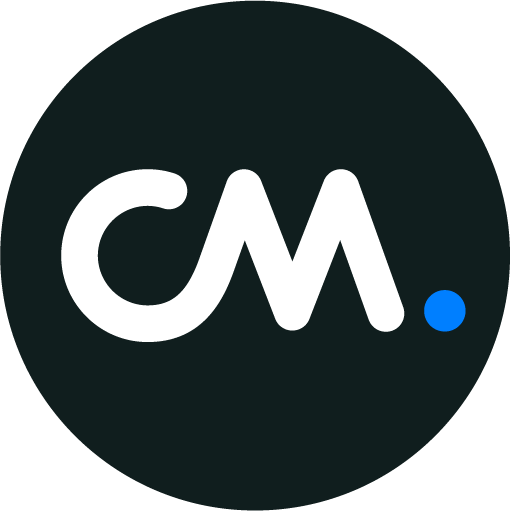The Attribute Tagger module enables you to tag users with attributes based on their engagement with items, creating detailed user profiles for personalized targeting, segmentation, and recommendation strategies.
Note: The ENTERPRISE Subscription is required for this module.
Functionality of the Attribute Tagger Module
Upon successful setup, the Attribute Tagger Module:
-
Analyzes user engagement data to identify patterns and preferences
-
Extracts relevant attributes from items users have engaged with
-
Calculates metrics for each attribute value (counts and percentages)
-
Filters attribute values based on minimum thresholds
-
Generates user attribute tags that represent user preferences
-
Optionally delivers these tags to your CDP for personalization and targeting
Common Use Cases
The Attribute Tagger Module supports various personalization and targeting scenarios, including:
-
Enhanced Segmentation: Create more granular user segments based on product preferences (e.g., "Users who prefer Nike products" or "Users interested in electronics").
-
Personalized Recommendations: Improve recommendation relevance by understanding user attribute affinities and boosting recommended products with similar attributes.
-
Targeted Campaigns: Deliver campaigns to users with specific attribute preferences, such as promotions for brands they frequently engage with.
-
User Profiling: Build comprehensive user profiles with automatically detected preferences across multiple attributes.
-
Behavioral Insights: Gain deeper understanding of user preferences across different attributes to inform product and marketing strategies.
Key Requirements
Before setting up the Attribute Tagger Module, ensure that:
-
You have user engagement data available in your data source.
-
Your item data contains the attributes you want to tag users with (e.g., category, brand).
-
If using CDP integration, you have the necessary CDP credentials (Tenant ID, Event Type ID, and Access Token).
How to Set Up the Attribute Tagger Module?
1. Configure General Settings
-
Schedule: Select the cron schedule for when the module should run using the cron builder.
-
System Resources: Configure CPU and memory resources for the module (default: 500m CPU, 4Gi memory).
2. Configure Engagement Scoping
Select the method to determine which user engagements should be considered for attribute tagging:
-
Engagement Scoping Method: Choose between:
-
Active User: Considers engagements from users active within a specific period
-
User Active Until: Date until which the user should have been active
-
User Active In Last Days: Number of days before userActiveUntil that the user should have been active
-
User Engagement Look Back Days: Number of days since last user's engagements to look back
-
-
Recent: Considers all engagements within a specific timeframe
-
Engagement Until: Date until which to include engagements
-
Engagement Days: How many days to look back for engagements
-
-
Recent Type: Considers engagements of a specific type within a timeframe
-
Engagement Type: Type of engagement to filter (e.g., 'view', 'buy')
-
Engagement Until: Date until which to include engagements
-
Engagement Days: How many days to look back for engagements
-
-
Buy View: Considers both purchase and view engagements with different lookback periods
-
View Engagement Days Last Year: How many days to look back for view engagements from last year
-
Buy Engagement Days: How many days to look back for buy engagements
-
View Engagement Days: How many days to look back for view engagements
-
-
Exclude Unpopular Items: Filters out items with low engagement counts
-
Minimum Number of Engagements: Minimum number of engagements required for an item to be considered
-
-
3. Configure Attribute Settings
Define which attributes to extract from the item set and how to tag users with them:
-
Item Attribute Name: Name of the attribute to extract (e.g., 'category', 'brand')
-
Minimum Observations: Minimum number of observations required for an attribute value
-
Minimum Percentage: Minimum percentage of observations required for an attribute value
You can add multiple attribute configurations to extract different item attributes simultaneously.
4. Set Up CDP Integration (Optional)
To deliver the attribute tags to your Customer Data Platform:
-
Delivery Method: Choose between 'none' or 'batch'
-
CDP Tenant ID: Your organization's unique identifier (found in CDP > Settings > API tokens)
-
CDP Event Type ID: The identifier for the type of event (found in CDP > Internal Sources > Raw Sources)
-
CDP Access Token: Authentication token for secure data transmission (found in CDP > Settings > API tokens)
<!-- Daily excerpt sync refresh -->
